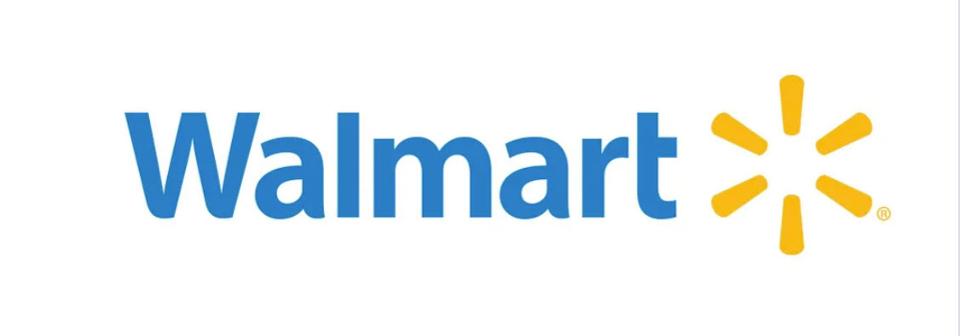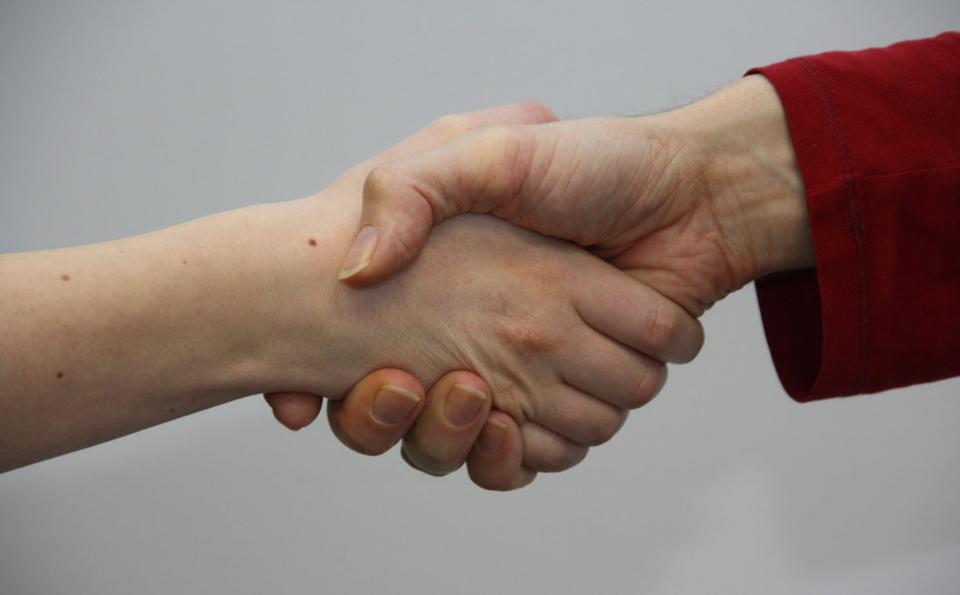10 Technology Tips To Help You Cope With COVID-19 – Forbes

The Johns Hopkins COVID-19 tracker
Center for Systems Science and Engineering at Johns Hopkins
Daily life is being disrupted in ways large and small as COVID-19 sinks its teeth in and spreads throughout national communities. Here are 10 ways you can use technology to help you cope with the Coronavirus.
Stay informed. COVID-19 is fast moving and the official response has been slow and poorly organized. It’s a potentially deadly combination. Staying on top of the spread of the virus in your area is essential for making decisions about what to do and where to go or not go. The problem is there’s a lot of misinformed and malicious information on the internet. Here are some reliable COVID-19 trackers.
- The best tracker I’ve found by far was created by the Center for Systems Science and Engineering at Johns Hopkins. BUT SEE WARNING BELOW.
- Health organizations like the WHO and CDC have their own trackers.
- As do media outlets like the New York Times and the Washington Post.
- The ABC News tracker also provides links to COVID-19 pages at state health departments for every state in the US.
WARNING!! Someone has created a malware laden mimic of the Johns Hopkins COVID-19 tracker. The mimic provides a fully-functional version of the Hopkins tracker with two key differences. First, the mimic has a different URL (here’s the legitimate URL). Second, the mimic’s tracker is a Windows download. If downloaded and installed, malware is deployed that steals credentials among other things. The mimic is being distributed through websites and email. DO NOT CLICK ANY LINKS THAT ASK YOU TO DOWNLOAD THE TRACKER. The real Hopkins tracker works in your web browser.

Now is a good time to be an Amazon Prime member
Amazon
Buy (some things) online. Some of the more striking images that have surfaced recently are pictures of hundreds of panicked shoppers waiting for big box stores to open. They’re increasing their risk of coming in contact with someone with COVID-19 so they can buy stuff they think will protect them from contracting the virus or help them get through quarantine. Avoiding crowds by buying online has never been a better idea. However, be aware that many independent sellers on Amazon and Walmart are engaging in merciless price gouging for anything related to dealing with COVID-19. If you don’t want to support these sellers, it may be better to wait and buy locally after the panic buying dies down.
Use a price tracker to avoid price gougers. Independent sellers on Amazon were offering Kleenex anti-viral face tissues for less than $10 in January and $21.99 when this was written. You can identify and avoid these sellers with a price tracker that charts price history. CamelCamelCamel and Keepa both provide browser extensions that let you view price history right on Amazon product pages.

Walmart has reduced it’s store hours so stores can be cleaned and restocked.
Walmart
Be aware of how local businesses are dealing with the crisis. Some large retail chains like Walmart are publicizing reductions in store hours and the buying limits they’re imposing on some items. Find out what your favorite stores are doing before you risk exposure and waste time and energy on a fruitless trip. Googling “<store name> coronavirus” will usually tell you what you need to know. Google is encouraging businesses to use Google My Business on Maps and Search to keep customers informed about how policies, hours and inventory are changing to cope with the crisis. There’s no guarantee that businesses in your area will take advantage, but it’s worth a try.
Take advantage of grocery delivery or pickup services. If cost isn’t a barrier, consider ordering online or with an app and use a grocery delivery service if one operates in your area. If you’d rather not pay the delivery fee, see if your local supermarket offers online ordering and instore pickup.
Food delivery apps. If cooking isn’t your thing and you live in an urban area where restaurants haven’t been shut down, you can avoid restaurant crowds with a food delivery app. Grubhub is the best-known but there are many others. Google “best food delivery apps 2020” to check out some options.

Don’t do this.
Schuldnerhilfe/Pixabay
Shake hands with your phone. Shaking hands is a good way to spread the virus. You can bypass this common gesture of friendliness with an elbow bump. Another way is loading a picture, emoji or moving emoji of a handshake on your phone and flashing it to the people you meet. I haven’t seen anyone do it yet, but maybe you’ll start a thing.
Wear disposable plastic gloves. It’s a digital world but not every tech solution to a COVID-19 problem involves the internet. Wearing disposable plastic gloves when you go to a public place is a good example. You can touch anything you want and if you get ones that fit tightly, you can handle almost anything without the gloves getting in the way. And here’s an unexpected side benefit. The slightly grippy surface on the fingers lets you open the plastic bags provided in the produce sections in supermarkets without licking your fingers. Remember that anything dangerous you touched may be on the outside of the gloves. Don’t wear them for a long time and make sure they’re inside out when you take them off. Strip the gloves off before you touch your vehicle so you don’t transfer anything you might have picked up to your door handle or steering wheel.
Wash your hands. You know the drill: Soap, warm water, wash for 20 seconds. Soap and indoor plumbing are technologies too.






